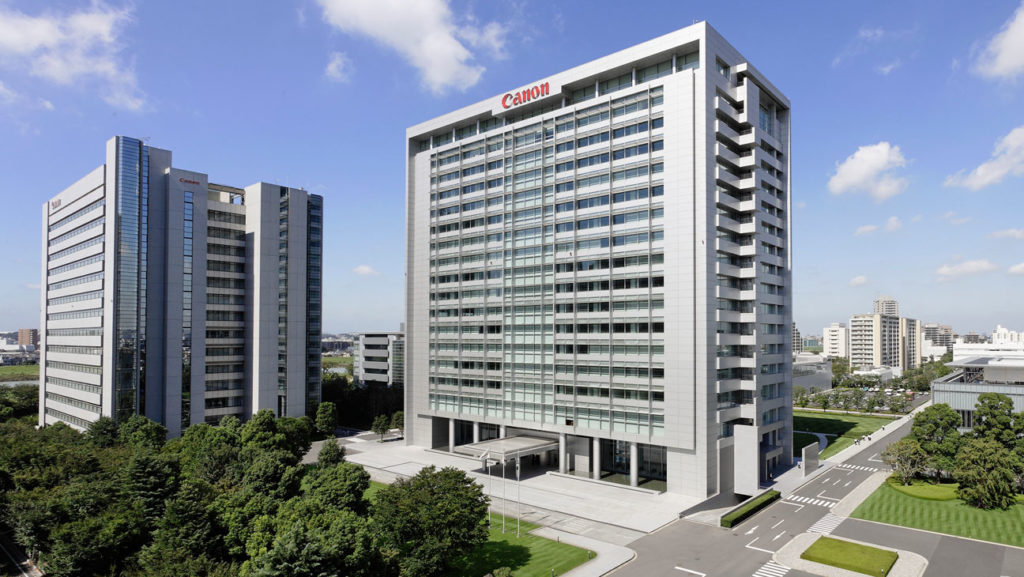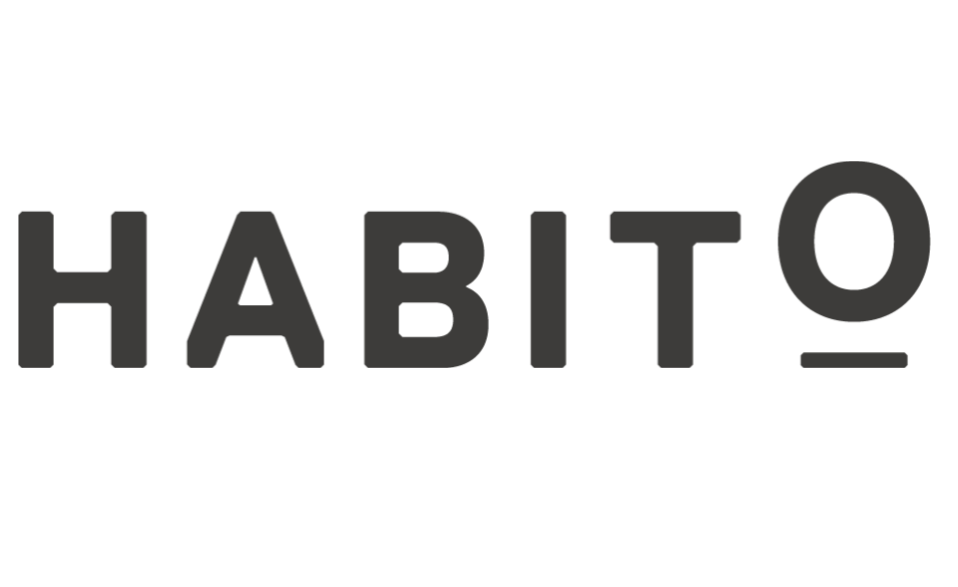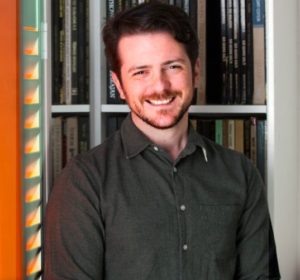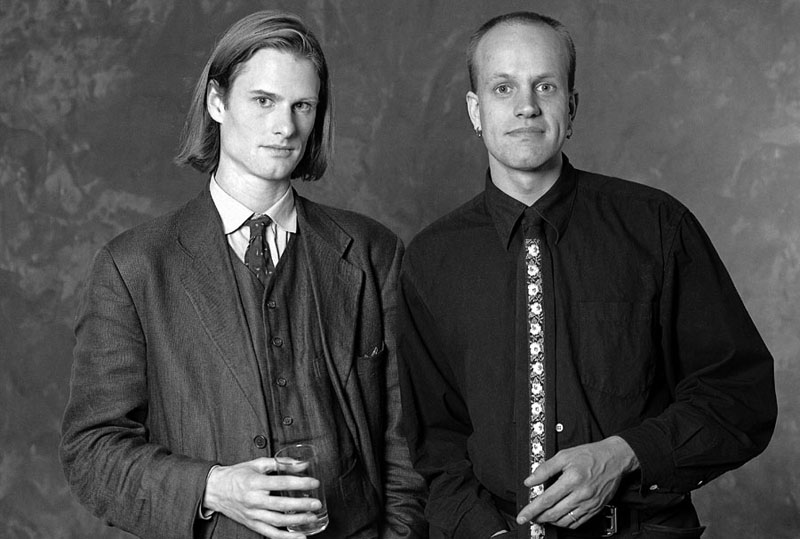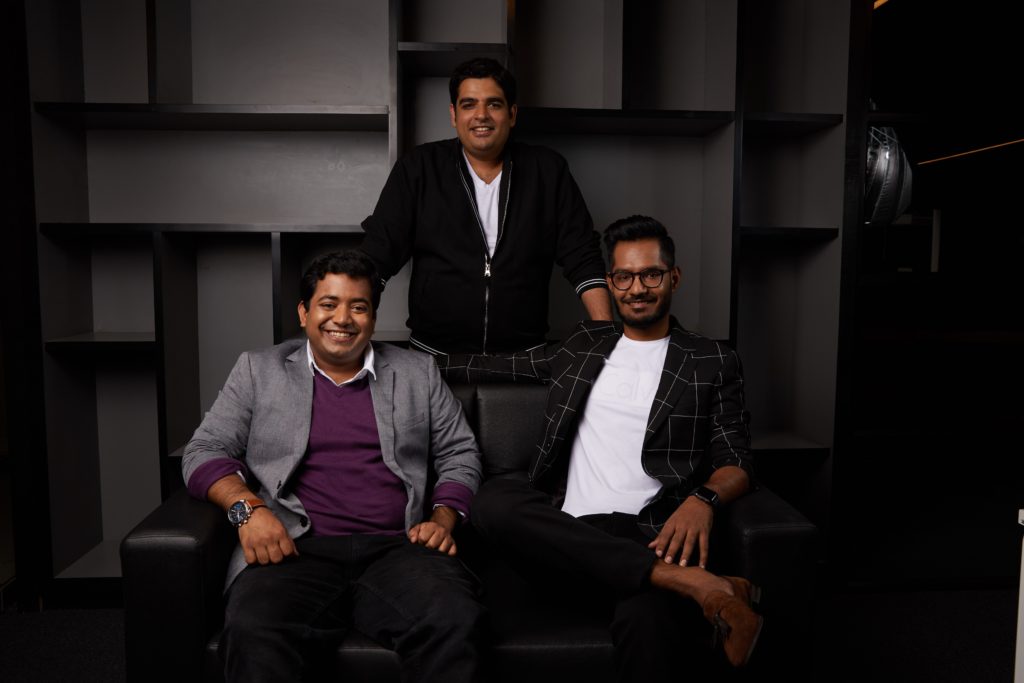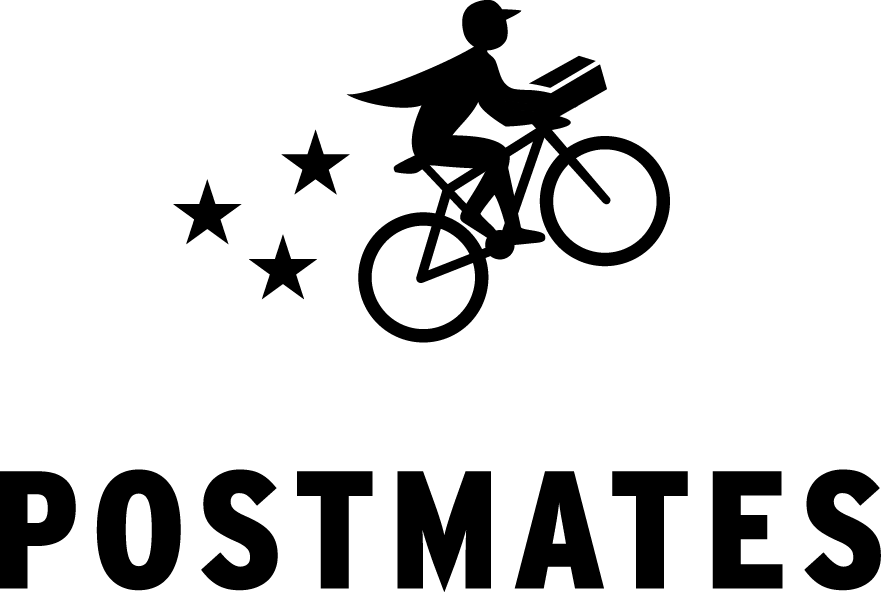Gogoro : Tesla of Scooters, Building Energy-efficient Smart Scooters
The environmental crisis is the biggest concern for humans, and soon, we are going to run out of many things that have become necessary for us. One such thing is fuel. In this growing world, the population is increasing, and so is the demand for fuel. Today, having a vehicle is a priority for people as it is not only comfortable to travel with personal transport, it is also a symbol of status. This has led to extra consumption of fuel, increased pollution as well as traffic. But, to help out all these situations, Gogoro has brought stylish electric scooters that are efficient and helps in saving the environment.
Gogoro was founded by Horace Luke and Matt Taylor, in 2011. It is a Taiwan based and venture-backed company that produces Smart scooters running on battery. Though there have been other electric two-wheeler manufacturers in the world, people using those electric scooters always complained about their mileage and efficiency. The two co-founders wanted to overcome these flaws for the e-scooters and build the energy-saving Smart scooters.
Luke and Taylor, before founding Gogoro, worked with major tech giants including Microsoft and HTC. Luke worked with Microsoft’s Xbox and Windows XP team, whereas Taylor was one of the key people involved in the development of Window’s Pocket PC “smartphones”. After working for ten years at Microsoft, Luke joined the developer team of HTC as the chief innovative officer that developed some of the Android smartphones. On the other hand, Taylor worked at HTC as the chief technologist.
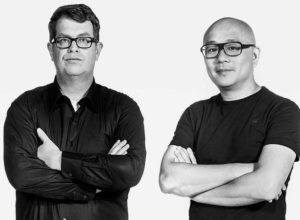
The two established the company in Taiwan, as it was the best place for accessing the most reliable supply-chain. The idea was quite promising, and that is why the company was able to raise a huge amount of $50 million from Dr Samuel Yin of Ruentex Group and Cher Wang as the seed funding. In fact, in the other rounds of funding the company raised a really good amount. In 2014, Gogoro raised $100 million in Series B funding from a collection of investors, followed by a $30 million round of investment from Panasonic and Taiwan’s National Development Fund. With a $300 million Series C round in 2017, the company’s collection reached the US $480 million.
Gogoro launched its first Smart scooter at the Consumer Electronics Show (CES) in Las Vegas in January 2015. The speciality of these scooters is that the batteries when drained can be exchanged with other batteries at a battery-swapping station named Gogoro Energy Network. The company has already built over 300 charging and battery swapping stations in Taiwan, and it will be adding 500 more stations to its charging and battery swapping network, soon. Gogoro has set up these stations at every 1.3 km distance from each other.
Gogoro Smart scooters are associated with an app. The company has launched the app to monitor the health of the scooter, adjust performance settings, check out for the nearest GoStation, see the correct statistics on battery reservations as well as check the vehicle’s battery level, etc. The scooters are for sure smart, as these can analyse riding patterns, optimize energy use, and dim its lights when necessary to maximize energy. These update their condition to the app every 10 minutes.
The batteries used in the scooter are the lithium-ion batteries that the company primarily purchases from Panasonic. In the year of its inception, the company sold over 4000 Smart scooters. According to Luke, the stylish and cool design of the scooter, and the comfort it gives to the users is the prime reason for its success. Also, people are saving a lot of money on fuel with the help of these scooters.
Being experienced enough, the two co-founders knew the real marketing strategy and built the scooters based on the users’ choice. The scooters are available in different colours and styles, including a few of its models, having the bike-type look. There are scooters also in pink colour to attract female customers.
Due to its energy-efficient model, Gogoro has also received the Government support as these help in reducing the greenhouse gas emissions. The Ministry of Economic Affairs has been supportive of Gogoro Smart scooters and have helped the company in establishing the Gogoro Energy Network in the country.
The company is already supplying its electronic products to other companies as well, and it plans to provide energy-support for offices, data centres and homes, with its lithium-ion batteries.
Gogoro has got its own retail stores where it sells its scooters, batteries and other electronic products. The company is called the Tesla of two-wheelers as it is similar to the former in many ways. Both the companies are working to find better power-saving technologies and builds the edgiest designs for its automobile.
The growth of the company and its reach can be the biggest benefit to the world, as with time we need more energy-efficient solutions for our daily needs.

Yashica is a Software Engineer turned Content Writer, who loves to write on social causes and expertise in writing technical stuff. She loves to watch movies and explore new places. She believes that you need to live once before you die. So experimenting with her life and career choices, she is trying to live her life to the fullest.


